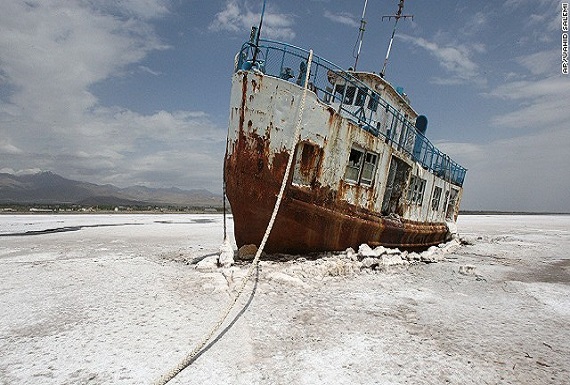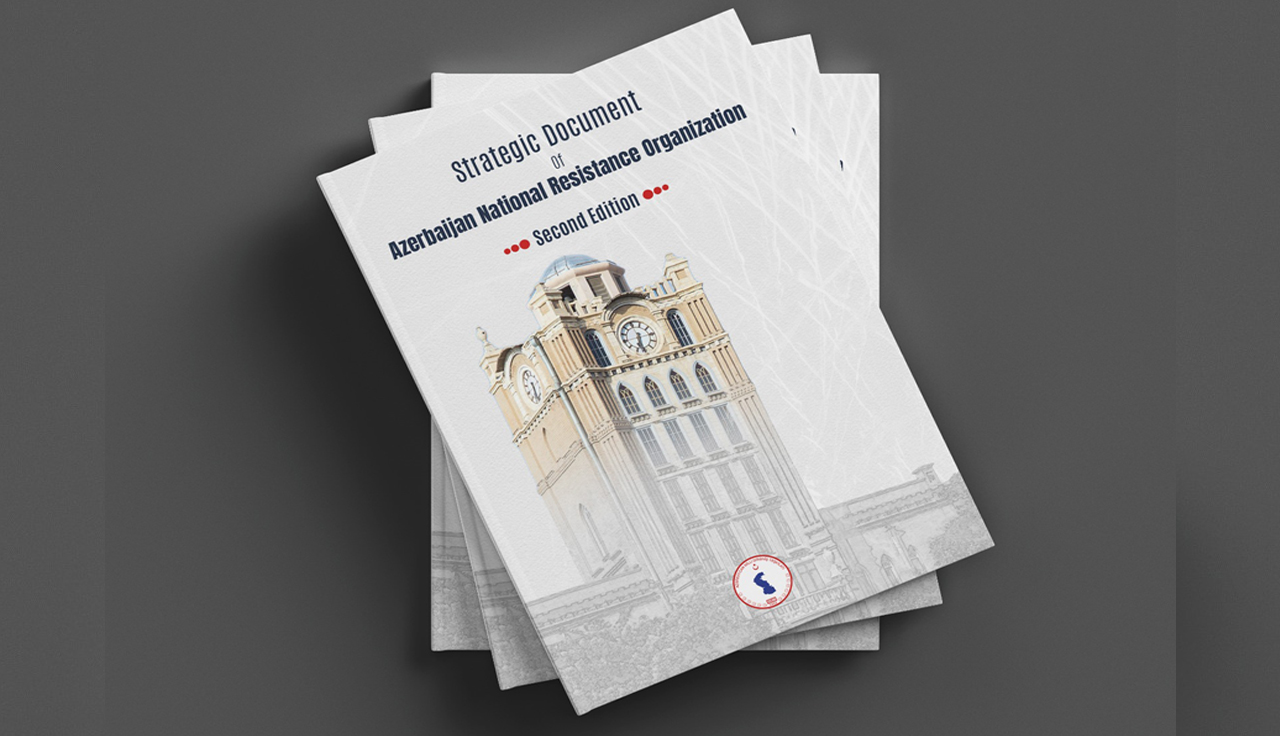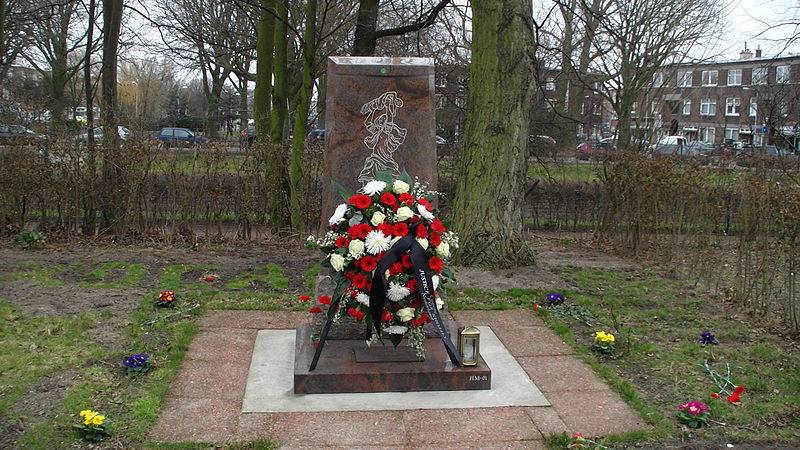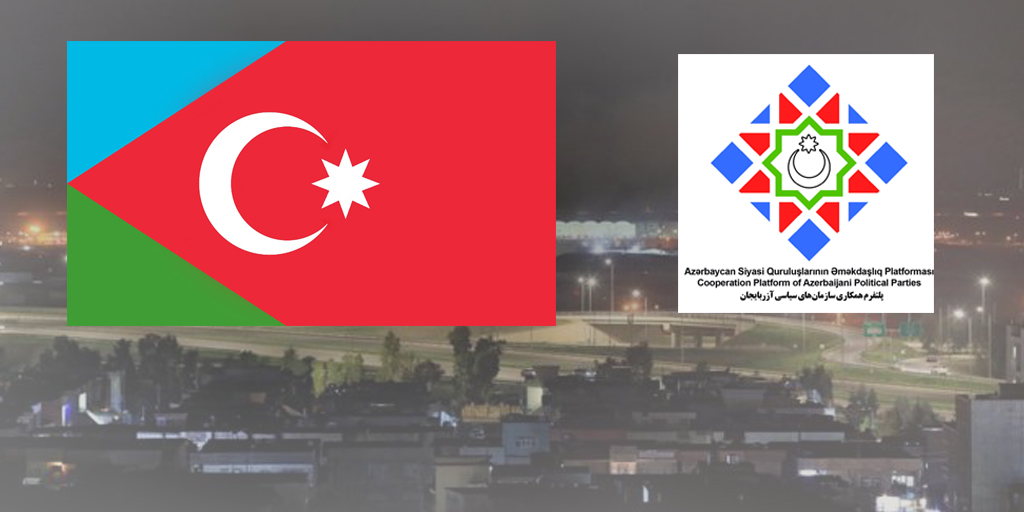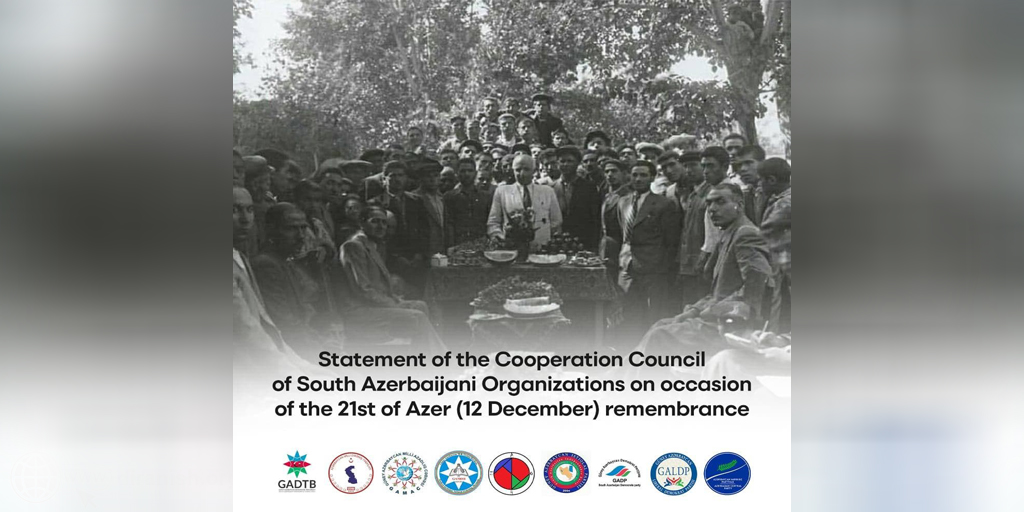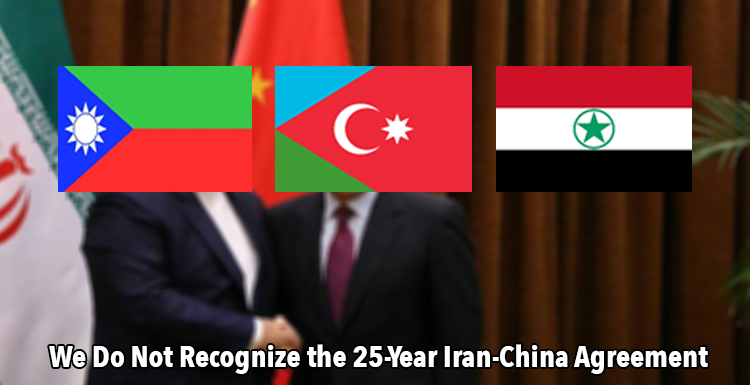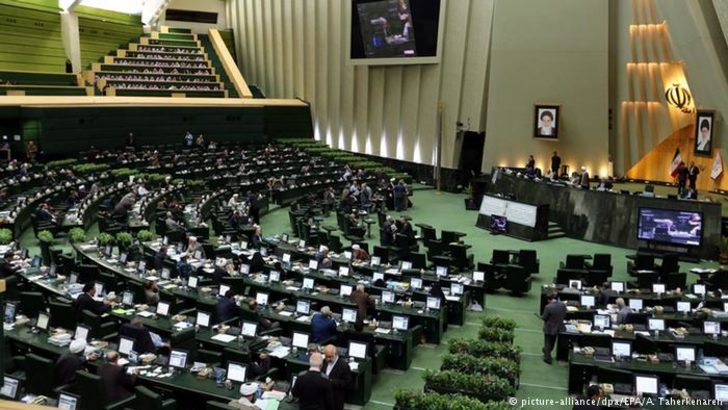The Past, Present, and Future of Lake Urmia
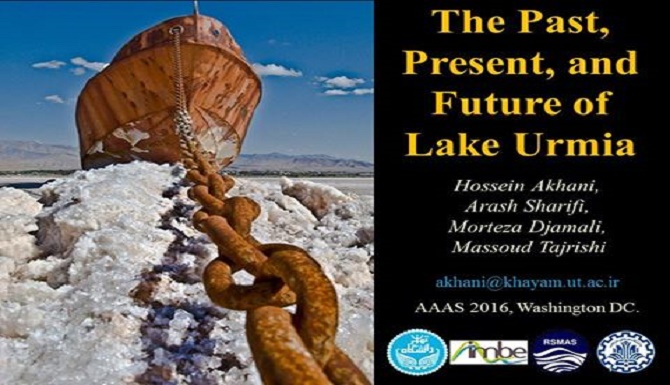
Lake Urmia, the second largest hyper saline lake in Eurasia, is located in a closed-continental drainage basin in northwest Iran.
In the past, the lake had a rich biodiversity that included numerous migratory and native birds and the endemic brine shrimp Artemia urmiana. The unique and yet fragile natural environment in the lake earning status as a UNESCO Biosphere Reserve and as a national park, and it is protected under the Ramsar wetlands convention.
Paleoclimate and paleoecological data indicate that during glacial periods, the vegetation surrounding the lake was dominated by Irano-Turanian dry steppe. During interglacial periods, a moister climate favoured the expansion of open forests in surrounding highlands. By the end of the Holocene, most likely due to intensive anthropogenic activities, dry steppe became more dominant. Since 1995, the lake’s level has dropped by almost 8 meters and the lake’s surface area has shrunk by factor of 4 as measured in summer 2015. Extensive agricultural activities followed by excessive damming and poor water management have drastically contributed to the decline of water inflow to the lake.
Currently, desertification processes, sand dune formation, salt and dust emissions, ground water salinization, and a changing microclimate are threatening the livelihoods of around 5 million people living in the area. Under President Rouhani, Iran appointed a committee of government officials and scientists to work on a strategic plan for restoration.
The c. $6 billion project is expected to encompass approaches such as water conservation, intra-basin water transport, improved irrigation, transfer of waste water from surrounding cities, curtailed dam construction, habitat restoration, changes in crop cultivation, and improvements in natural river systems.
The lifting of nuclear-related sanctions on Iran and the achievements in the Paris climate change conference create a positive atmosphere for international activities to restore Lake Urmia and other ecosystems in Iran. The post-sanction era in Iran requires economic adjustments and switching to a system for better managing sustainable resources and reducing the pressure on country’s fragile environment.
By-Hossein Akhani







